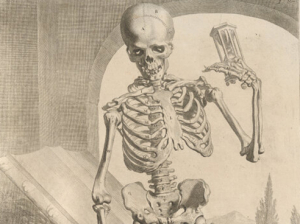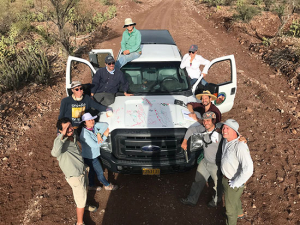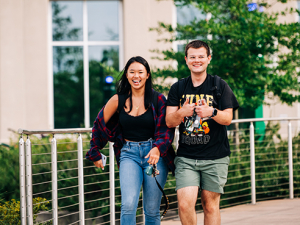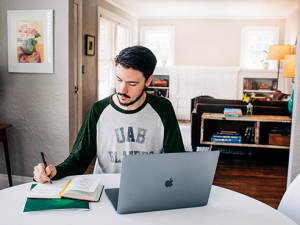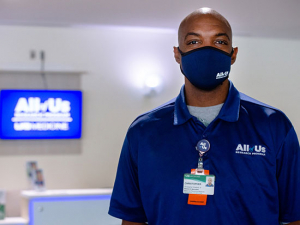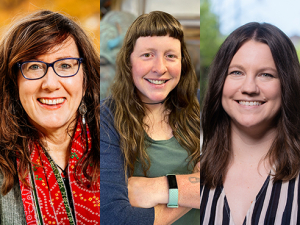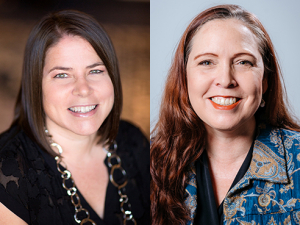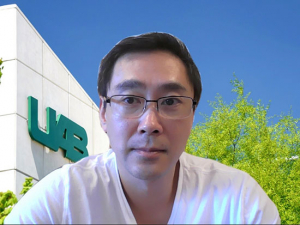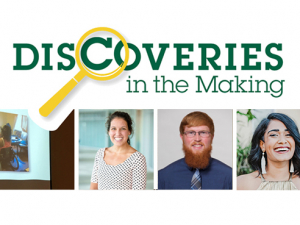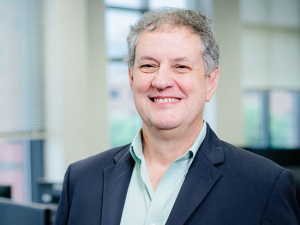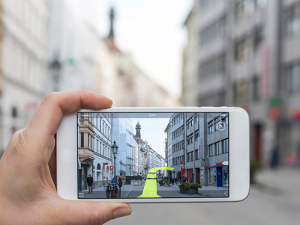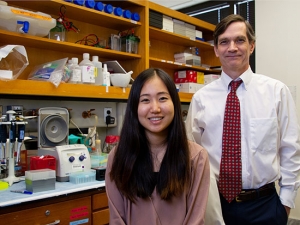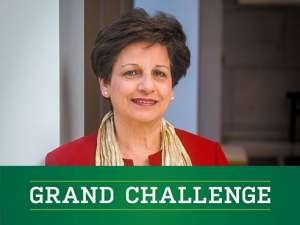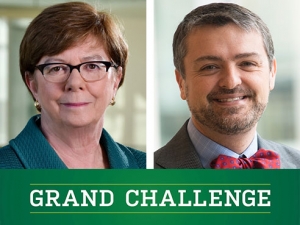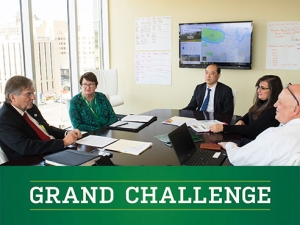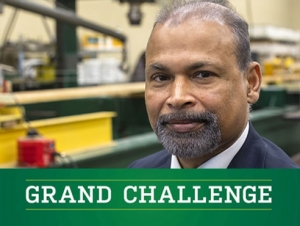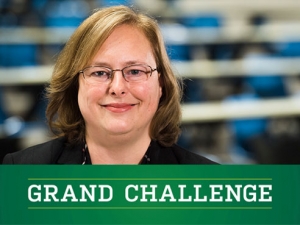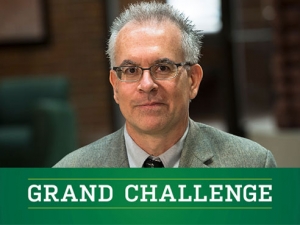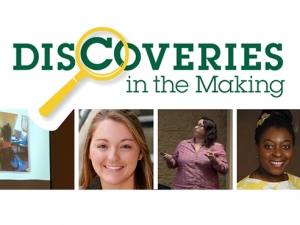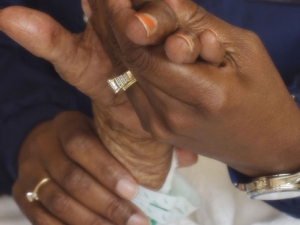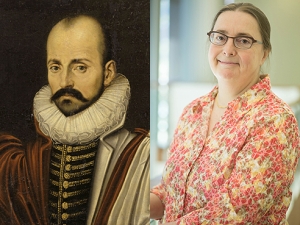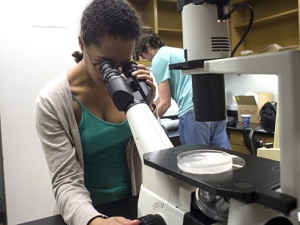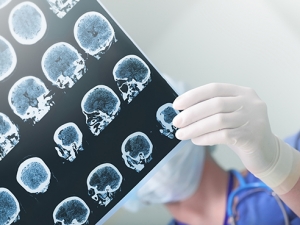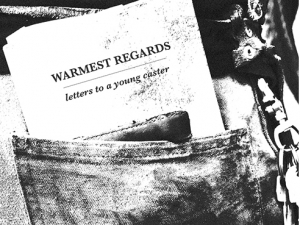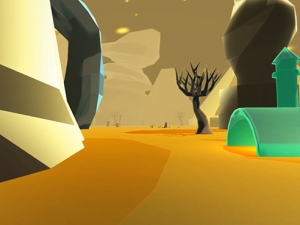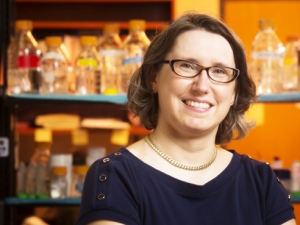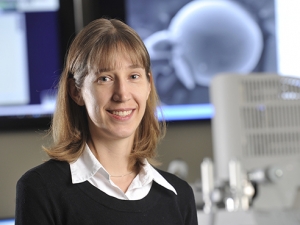Ask any UAB researcher to name the three biggest research challenges they face and the most frequent answer is “funding, funding, funding.”
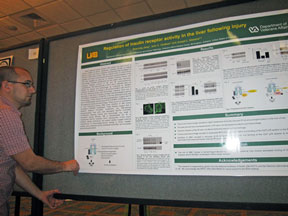
Researchers have to find ways to overcome the fact that National Institutes of Health funding, and in many cases foundation funding, is down to less than 10 percent of applications — not in the upper 30 percent of years past.
“The funding situation spans across all funding agencies, unfortunately,” says Anath Shalev, M.D., director of the UAB Comprehensive Diabetes Center.
Obviously researchers must have outstanding applications for funding consideration, but they also have to find other ways to compete. One aspect is working together through collaborations.
The UAB Comprehensive Diabetes Center recently hosted its third annual Diabetes Research Day at the Doubletree Hotel. It featured three invited plenary talks by distinguished scientists from Harvard, Wayne State University and UAB School of Public Health covering various diabetes topics. Close to 200 attendees from UAB and Auburn University were on hand to hear these guest speakers and view the 62 posters and oral presentations highlighting this past year’s research successes and interact with one another — which hopefully will lead to new collaborations.
“One way to increase funding potential is by working together through collaborations, and we’ve had several come from this meeting this past year,” Shalev says. “It’s not uncommon for people to find out there are others doing something that may help them with their work. This is a big campus with a lot of different types of research taking place, much of which can be beneficial to somebody else’s work. This is a great way to find potential collaborators across different disciplines.”
The Comprehensive Diabetes Center has 200 total members, including clinicians and basic science researchers. The members represent 10 schools including the schools of Medicine, Public Health, Health Professions, Nursing and Dentistry and the College of Arts and Sciences.
The center provides a full spectrum of diabetes research programs in an effort to treat and cure the serious and growing national health crisis of diabetes. In addition, expert UAB physicians provide cutting-edge diabetes care in the Multidisciplinary Diabetes Clinic and help transition children and adolescents with diabetes to adult medical care through the Transition Clinic.
“Our goal is to increase our visibility and become a leader nationally and internationally,” Shalev says. “We’re making good progress. We have some very unique attributes here for two different reasons. One, we are at the center of the diabetes epidemic, so it makes sense that we champion these efforts. And two, we have a big medical research community that’s addressing a lot of different aspects of diabetes, which is important for such a complex disease.”
The center also was able to provide internal funding for junior researchers and established investigators embarking on particularly innovative diabetes projects this past year for the first time, a development that was significant.
“It will enable investigators to generate the necessary preliminary data in order to be more competitive when going after larger national grants,” Shalev says. “We got very good response to that, and we plan on continuing that program as long as funding permits.”
One recent research breakthrough in the center came from Shalev’s lab where her team discovered a long-known blood-pressure medication that was able to reverse and prevent diabetes.
“This is just one example of many successes we believe are on the way in the Comprehensive Diabetes Center,” Shalev says. “There are going to be more discoveries down the road if we can keep the momentum going and accelerate the ongoing work.”
The center continues to have strong support from School of Medicine Dean Ray Watts, M.D., and the community, but in order to be at the forefront in the development of new methods to treat, prevent and ultimately cure diabetes and its complications, it remains very dependent on philanthropic support.
For more information on the center and how to make a contribution, visit www.uab.edu/medicine/diabetes.
